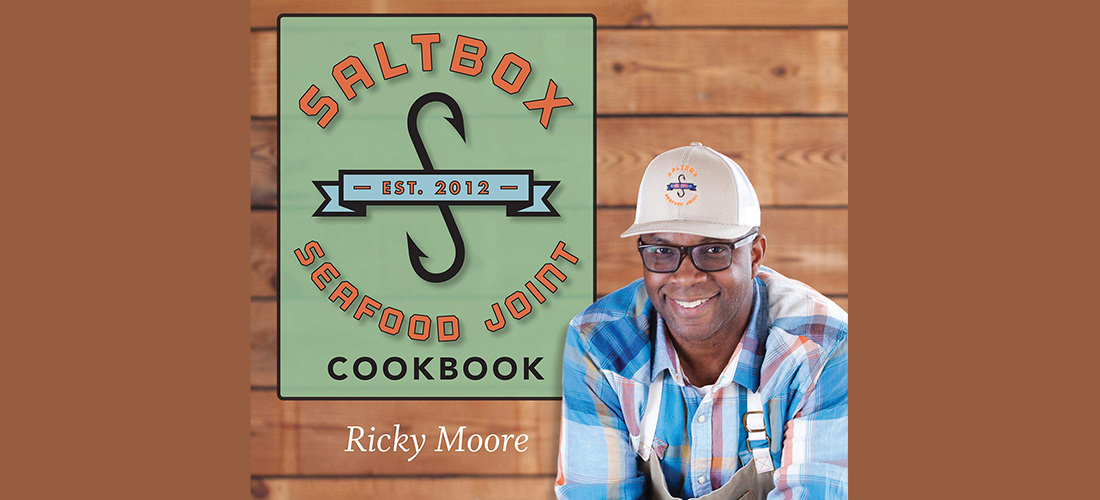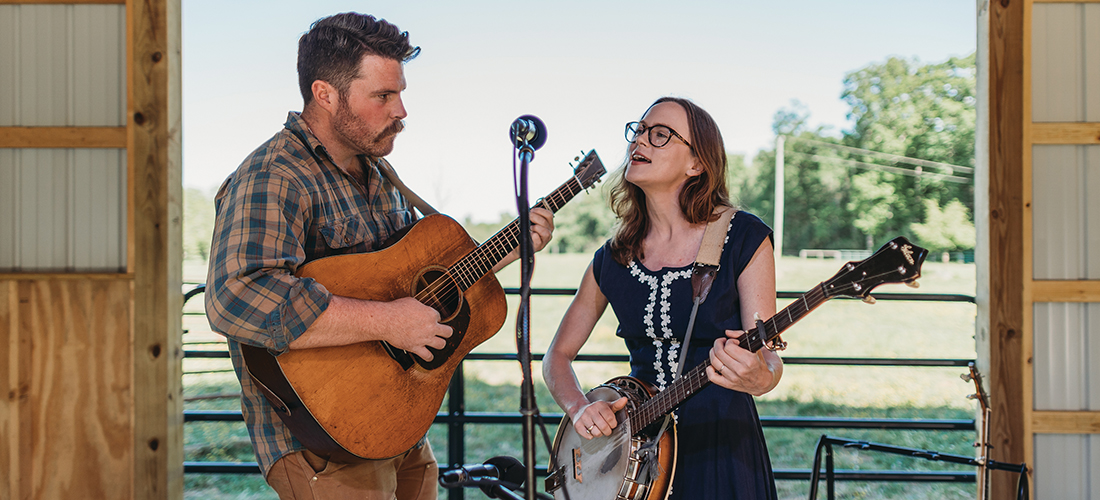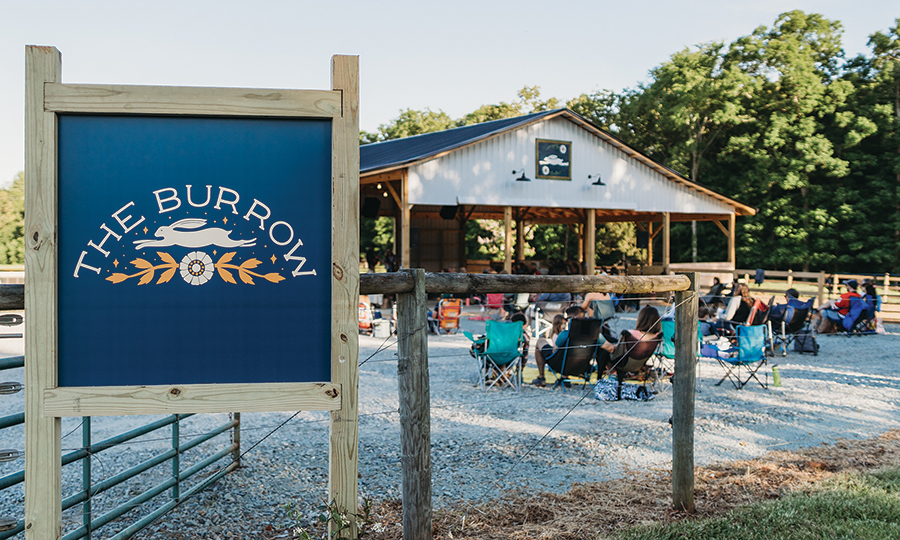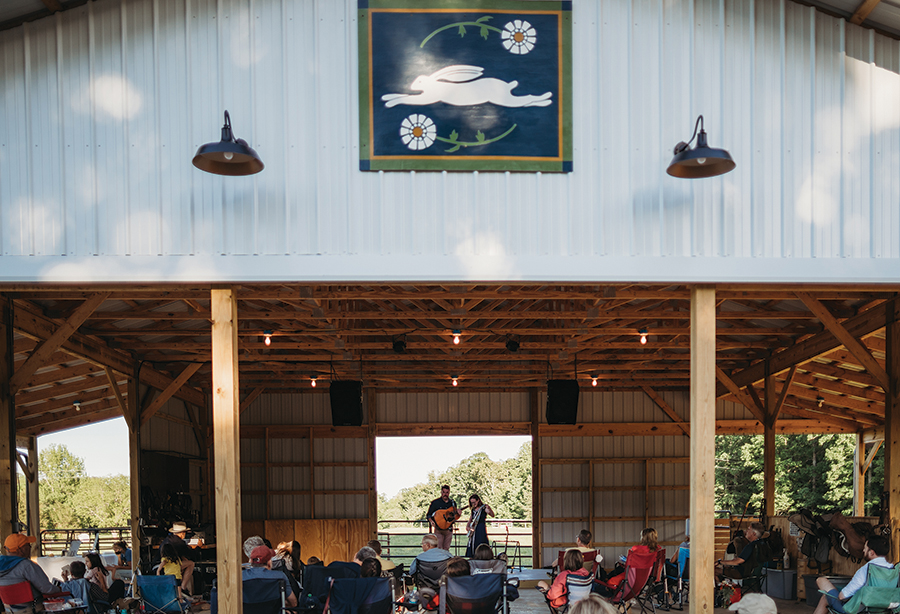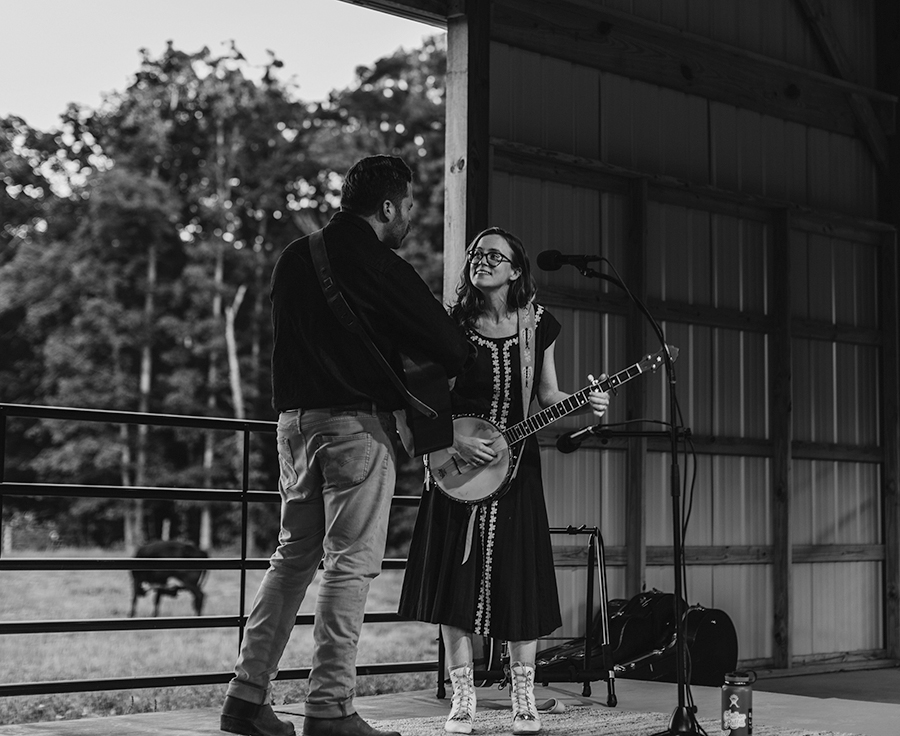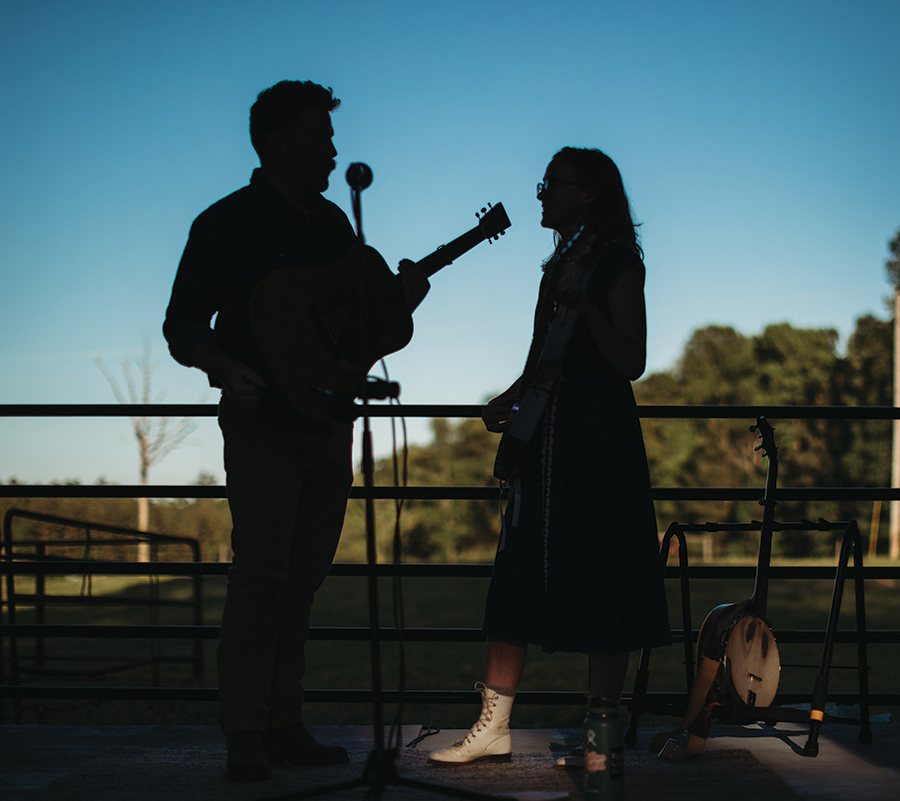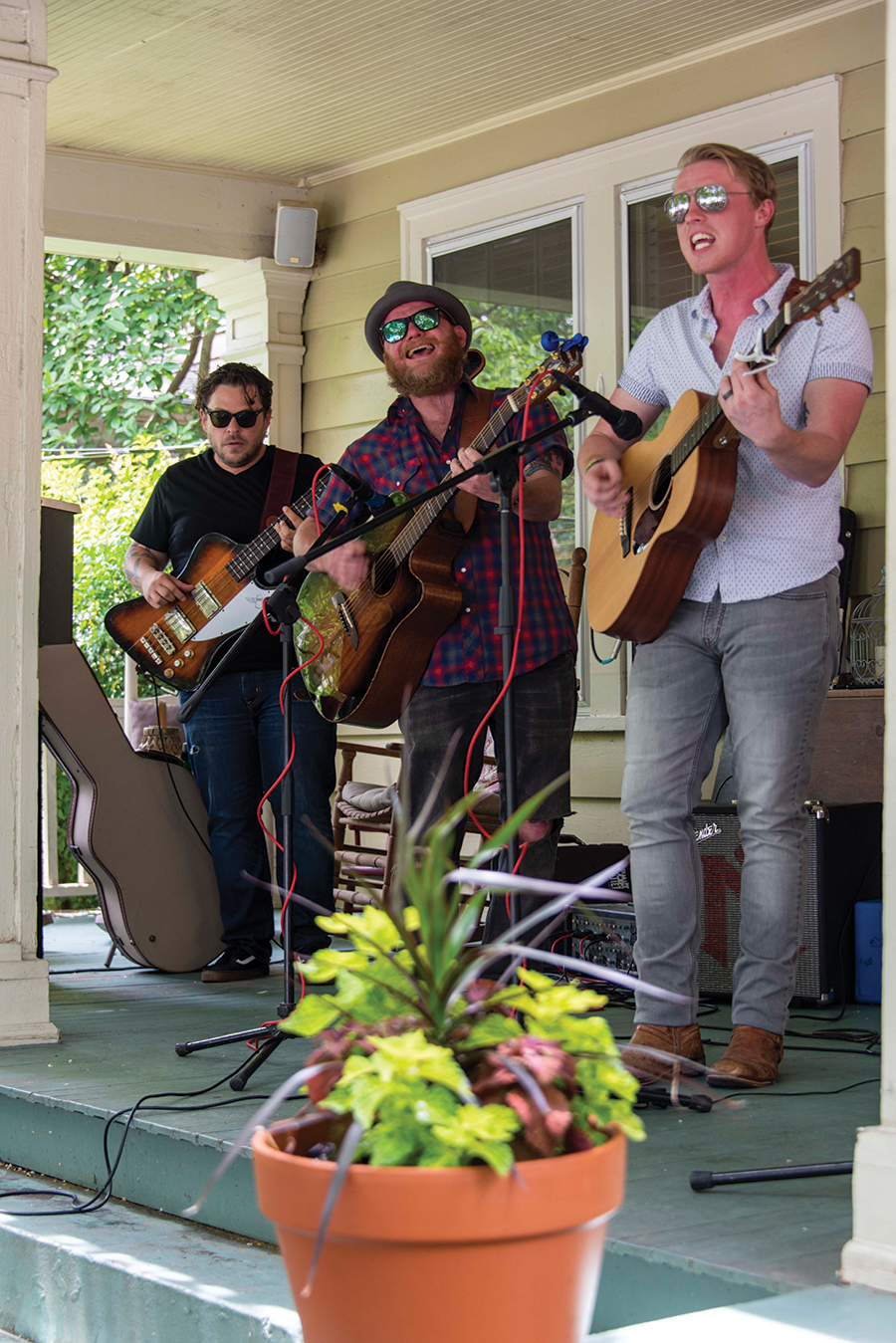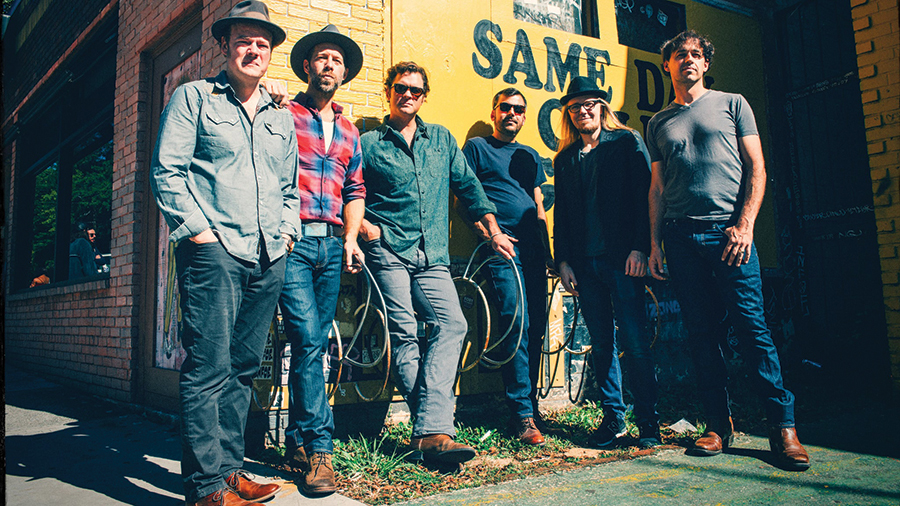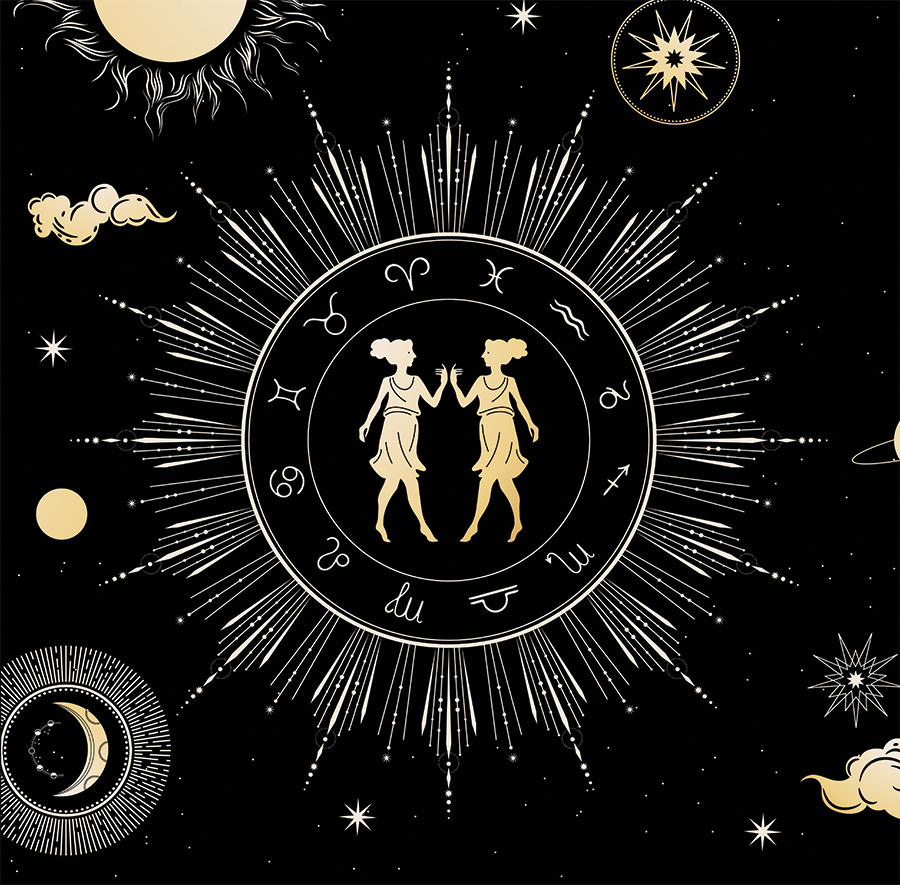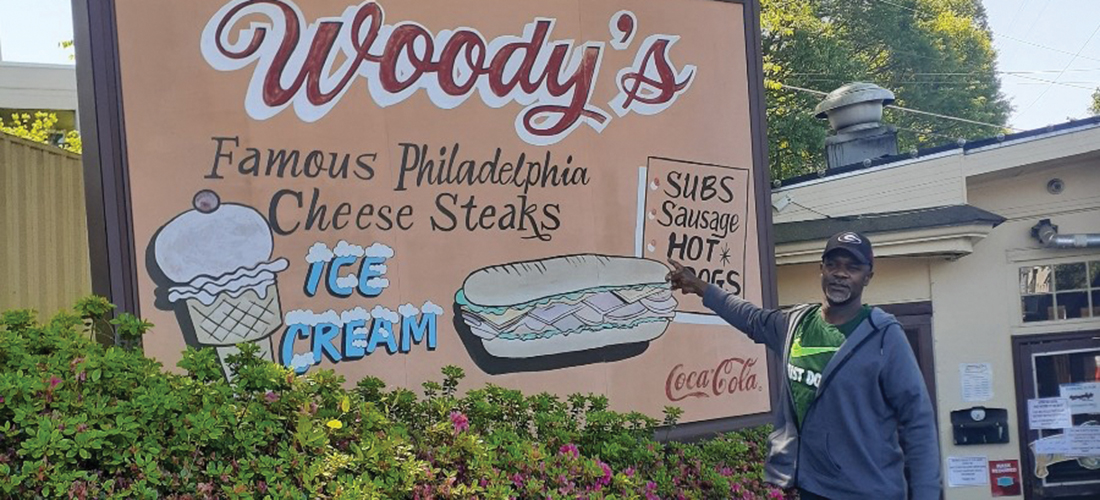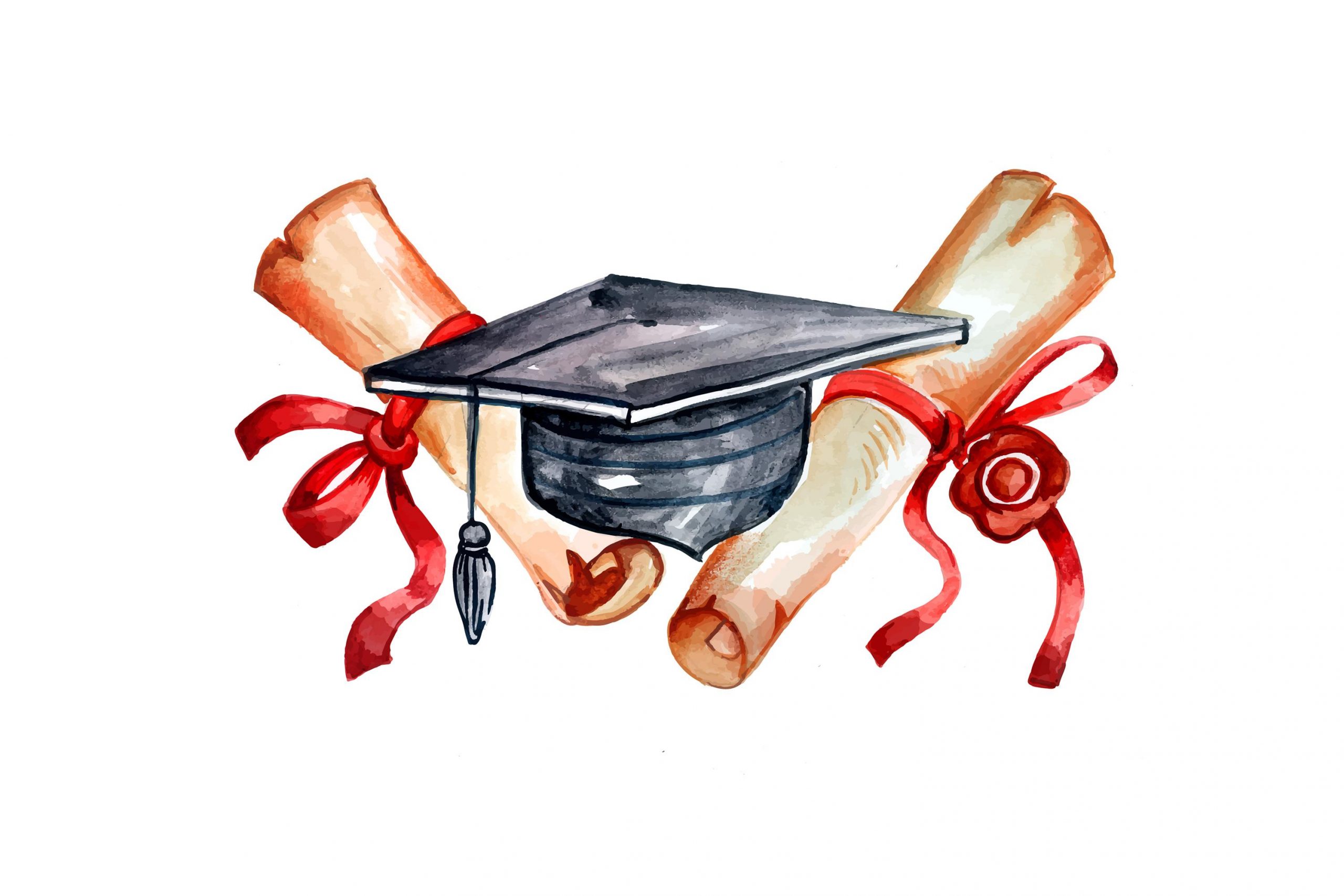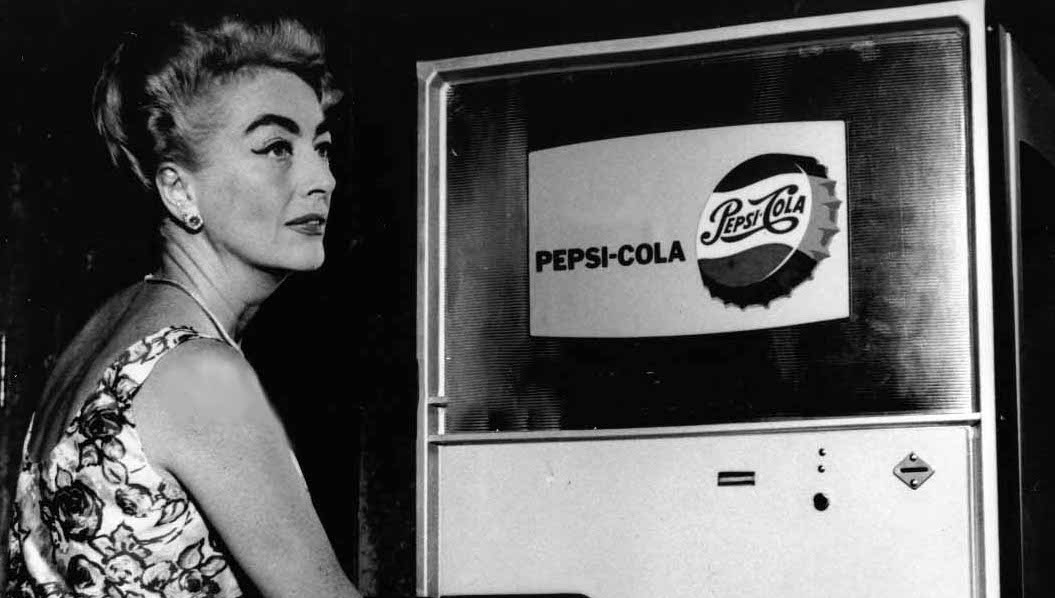Scuppernong Bookshelf
June Bloomers
New titles from Greensboro and beyond
Compiled by Brian Lampkin
As I sort through the 2,104 books being published in the U.S. in June 2021, I find far too many interesting titles to include here. The following hodgepodge tries to highlight some Greensboro specific books, while picking and choosing a few books that resonate with our times. But let’s start with an idea that occurs to me every summer: I’m going to walk the Appalachian Trail. One day, but it’ll be far less painful than just reading about it.
The Appalachian Trail: A Biography, by Daniel D’Anieri (Houghton Mifflin, $26). The conception and building of the Appalachian Trail is a story of the unforgettable characters who explored it, defined it and captured national attention by hiking it. From Grandma Gatewood — a mother of 11 who through-hiked with canvas sneakers and a drawstring duffle — to Bill Bryson, author of the bestselling A Walk in the Woods, the AT has seized the American imagination like no other hiking path. The 2,000-mile-long hike from Georgia to Maine is not just a trail up the eastern spine of the U.S., but a set of ideas about nature etched in the forest floor. This character-driven biography of the trail is a must-read, not just for ambitious hikers, but for anyone who wonders about our relationship with the great outdoors.
The Engagement: America’s Quarter-Century Struggle Over Same-Sex Marriage, by Sasha Issenberg (Pantheon, $40). This meticulously reported work sheds new light on just about every aspect of this fraught history. It also brings to life the perspectives of those who fought courageously for the right to marry along with those who fervently believed that same-sex marriage would destroy the nation. It is sure to become the definitive book on one of the most important issues of our time.
The Second: Race and Guns in a Fatally Unequal America, by Carol Anderson (Bloomsbury Publishing, $28). The right to bear arms has been consistently used as a weapon to keep African Americans powerless — from the 17th century, when it was encoded into law that the enslaved could not own, carry or use firearms whatsoever — until today, when measures to expand and curtail gun ownership are aimed disproportionately at the Black population. Anderson, also the author of White Rage, suggests that America sees Blackness as a threat that needs to be neutralized and punished.
What a Wonderful World This Could Be, by Lee Zacharias (Madville Publishing, $19.95). Zacharias continues to enhance Greensboro’s literary reputation with her latest novel, which follows a young woman through the turmoil of the 1960s radical underground and on into her life as a photographer whose past remains mysterious and unsettled. Savvy about art and the inner workings of extremist movements, this novel joins Zacharias’ Across the Great Lake (2018) in a late-career surge of important work.
How the Word Is Passed: A Reckoning with the History of Slavery Across America, by Clint Smith (Little, Brown & Company, $29). A deeply researched and transporting exploration of the legacy of slavery and its imprint on centuries of American history, this book illustrates how some of our country’s most essential stories are hidden in plain view. Informed by scholarship and brought to life by the story of people living today, Smith’s debut work of nonfiction is a landmark of reflection and insight that offers a new understanding of the hopeful role that memory and history can play in making sense of our country and how it has come to be.
We Are What We Eat: A Slow Food Manifesto, by Alice Waters (Penguin Press, $28). This is a declaration of action against fast food values, and a working theory about what we can do to change the course. As Waters makes clear, every decision we make about what we put in our mouths affects not only our bodies but also the world at large — our families, our communities and our environment.
O. Henry: 101 Stories, by O. Henry (Library of America, $35). A fresh look at the full range of William Sydney Porter’s literary genius. Here are 101 stories, including such favorites as “The Ransom of Red Chief” and “The Last of the Troubadours”, alongside lesser-known and previously uncollected stories. With full annotation and a newly researched chronology of Porter’s life and career, this is a definitive edition for modern readers of a major American writer — and a must for every bookshelf in Greensboro. OH
Brian Lampkin is one of the proprietors of Scuppernong Books.


